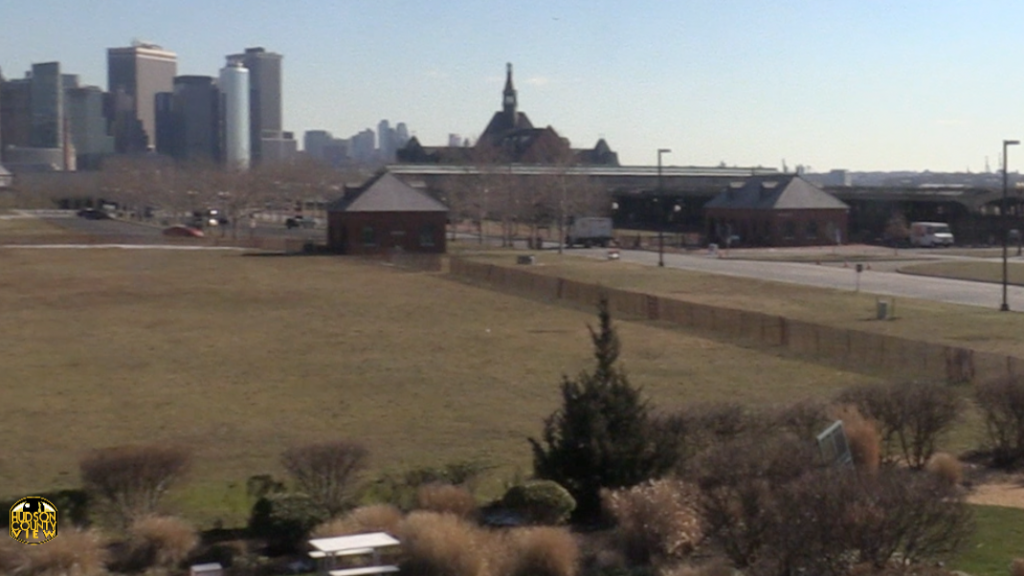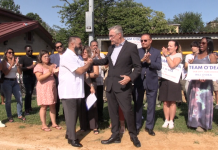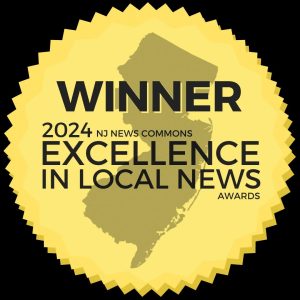In an editorial, New Jersey Conservation Foundation Executive Director Michele S. Byers reminds members of the public that the Liberty State Park restoration plan is still soliciting feedback from the public.
Dear Editor,
Can a state park be all things to all people? Can it be an international destination as well as a local park? Can a large urban park provide the serenity of nature, active ball fields and priceless iconic views?
These are a few of the questions the New Jersey Department of Environmental Protection is working to answer in the coming months, as it unveils plans to restore 234 contaminated acres in the interior of Liberty State Park in Jersey City.
Last week, the department held its first virtual public hearing on plans to restore these contaminated lands and transform them into trails, scenic overlooks, salt marshes and freshwater wetlands. Plans also call for expanded public access to the park and new active recreation areas for athletic fields and courts.
For three hours, dozens of elected officials, residents, community activists and representatives of environmental and conservation organizations weighed in on how to meet the needs of New Jersey’s second-largest city – a place with a diverse, rapidly-growing population and a shortage of parks and green spaces –and restore and improve a park system crown jewel that attracts visitors from throughout New Jersey, the nation and the world.
Liberty State Park is New Jersey’s most urban and popular state park and it attracts five million visitors a year to the Hudson River waterfront.
Dedicated during the nation’s bicentennial celebration in 1976, the park offers stunning views of the Statue of Liberty, Ellis Island and the Manhattan skyline.
The park officially encompasses about 1,200 acres, but half are covered in water.
Of the dry lands, 234 have been closed to the public for decades because of contamination dating back to the land’s industrial history as a railway yard built on top of dredge spoils and construction fill.
Restoring and opening up these lands would double the park’s usable space.
Restoration plans call for:
- 50 acres to be turned into a tidal saltwater marsh that would provide fish and wildlife habitat, and also protect from storm surges like the one that happened during Superstorm Sandy in 2012;
- 25 acres to be turned into non-tidal freshwater wetlands that would provide wildlife habitat and absorb and filter stormwater runoff;
- 133 acres of uplands to be contoured for multi-use trails and large manicured lawns that would serve as scenic overlooks, play areas and places where families could spread out picnic blankets:
- Five new park entrances to provide greater access to the community;
- Two new parking areas to be located near the entrances; and
- Active recreation at up to three places outside the ecological restoration area.
Although it was not included in the department’s plan, many at the hearing spoke of the need to protect Caven Point, a scenic natural area in Liberty State Park that has been the target of privatization efforts.
The owner of the neighboring Liberty National Golf Club has tried to acquire Caven Point to relocate three golf holes, a proposal that has drawn fierce opposition.
While not all speakers attending the virtual hearing saw eye-to-eye, they demonstrated a love of Liberty State Park and a desire to make sure it’s a place all New Jerseyans can be proud of and a place that future generations will treasure.
Notable and commendable was the atmosphere of civility and collaboration.
Kudos to the department for a well thought out plan to improve Liberty State Park – and a transparent, collaborative process to make sure it meets the needs of diverse park users and includes places for nature to thrive.
“We are at the confluence of a public health emergency, social challenges, illuminated disparities – and at a point where we realize that with all our differences, our lives and our futures are interdependent upon one another and we are stronger when we are united,” noted Olivia Glenn, deputy NJDEP commissioner for environmental justice and equity.
There is still time for public comment. To watch the DEP’s presentation go to https://youtu.be/QtMzOASx5bs, and to comment fill out an online survey at www.bit.ly/surveyliberty. The department is taking emailed comments at lspinterior@dep.nj.gov, and is also planning virtual public break-out sessions to focus on various aspects on the plan in the coming months.
Please speak up for Liberty State Park! For more information, visit the Friends of Liberty State Park at https://www.folsp.org/ and the New York/New Jersey Baykeeper at https://www.nynjbaykeeper.org/.
And for more information about preserving New Jersey’s land and natural resources, visit the New Jersey Conservation Foundation website at www.njconservation.org or contact me at info@njconservation.org.









